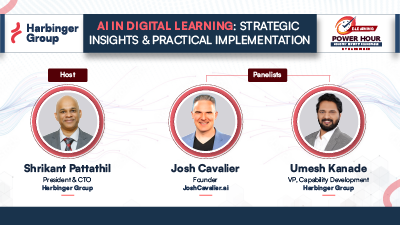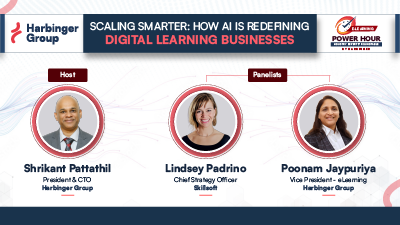
Future of Education (FoE): Connecting the Dots between Education and Employment
The Future of Education (FoE) is to create an integrated ecosystem of frameworks which lay out a clear pathway for employment. ‘Education to Employment’ would be mainly driven by market needs such as increasing unemployment rates, talent shortage across industries, skills required for the workplace of the future, openness to hire for skills vs. degrees, and others.
Now is the time to hit the reset button and connect the dots between education and employment. Primarily, our integrated ecosystem of frameworks needs to be created around these four pillars:
- Curriculum Redesign: The curriculum needs to be driven by the skills required for the future, and the market needs. It should also be flexible enough to accommodate hyper-personalized learning.
- Hybrid Instruction Delivery Model: It would involve redesigning the existing classroom spaces and implementing technology for enablement.
- Emphasis on Skills over Degrees: The need is to implement a digital micro-credentialing system which allows job seekers and employers to thrive in a skills-based economy. And this, in turn, will promote a culture of lifelong learning.
- Mapping Job Seekers with Open Opportunities: This requires a more collaborative exchange of information and data-driven decision-making between employers and educational institutions.
Harbinger Systems recently hosted a Power Hour where leaders from the industry and academia shared their unique experiences and expert insights on connecting the dots between education and employment and creating an integrated ecosystem of frameworks which will define the FoE.
Here are the key takeaways from the session:
- Defining the FoE ecosystem around four key pillars
- Understanding the various components and their specific roles in each of these four pillars
- The employers’ perspective on the FoE ecosystem




